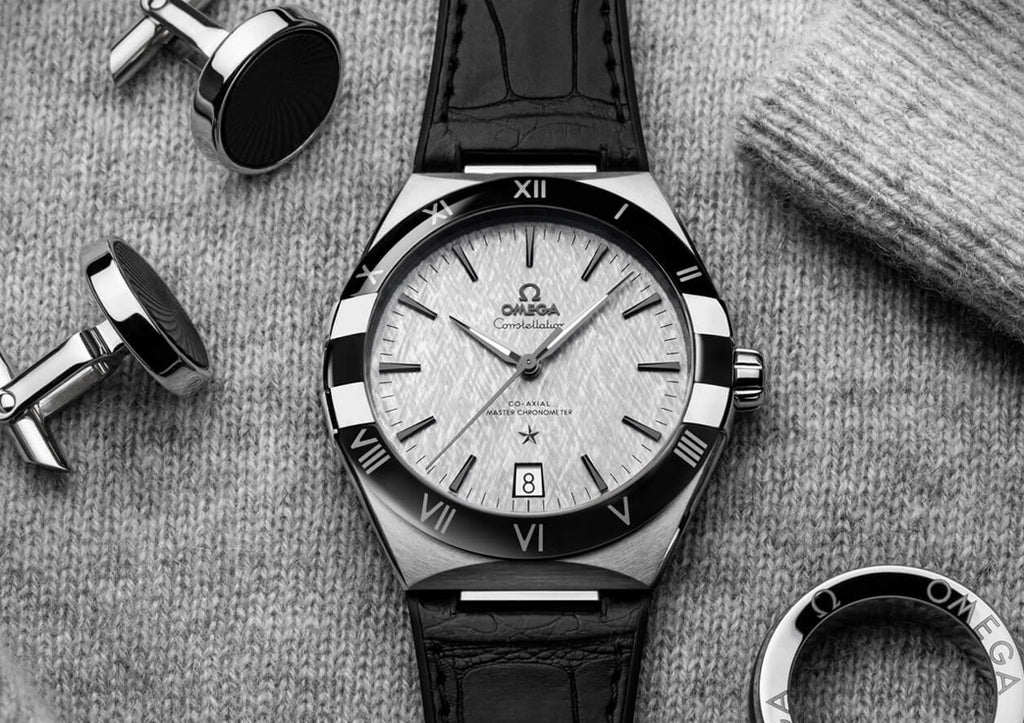Understanding What A Chronometer Is



In the watchmaking world, the word chronometer is often confused with chronograph, but they are not one and the same. Before we explain what a chronometer is, let’s make a distinction: A chronograph does not always have chronometer status and a chronometer does not always have the chronograph stopwatch function built into it. Often these two are combined, but they don’t have to be.

Essentially, a chronometer is a highly accurate mechanical watch movement that has undergone – and passed – strict precision tests typically conducted by an outside observatory. Those tests take place over a period of time and in a host of different situations and circumstances, where temperatures, humidity and other environments are emulated. The movement must pass all of the tests to within a few seconds of timing deviation (see below) in order to pass. Because watch brands typically use an outside observatory to conduct the testing, and because the accuracy tolerances are so intense, only a small percentage (3 to 4) of watches on the market certified chronometers.

Chronometer Wristwatch Testing
There are chronometer testing facilities in Besancon, France, in the Saxony region of Germany, in Japan and other places around the world, including several in Switzerland, however the most well-known and prestigious observatory is the Controle Officiel Suisse des Chronometers (COSC), with three locations in Switzerland. When collectors refer to their watches as being COSC certified, it means the chronometer certification comes from this observatory. Because certain observatories have slightly different criteria, it is important to the purist chronometer follower to know where their movement was tested. Additionally, a handful of watch brands have developed their own chronometer testing certifications that, in most cases, are even stricter than those of the local observatories. Every watch that undergoes testing and passes holds an official chronometer certificate.
Another alluring aspect of the chronograph is the fact that often, the hand that tracks the seconds for the stopwatch is placed from the center of the dial (along with the timekeeping functions of hour and minute hands) and is in a different color than the main hands – sometimes bold red, orange or yellow.
So, what exactly are the tests these movements undergo? At the COSC, whose testing criteria is based on ISO 3159 standards, a watch is tested for five to 15 days in five different positions and in multiple circumstances such as extreme temperatures, humidity, pressure and more. Measurements (for timekeeping accuracy) are taken daily and are compared with two independent atomic clocks. Only watches that meet the precision criteria will be granted an official chronometer certificate.
For COSC certification, the movement must keep accurate time with no more than a daily average deviation rate of -4/+6 seconds, a mean variation of no more than two seconds and a thermal variation of + or -0.6 seconds, among others. Movements that pass the chronometer certification are deemed durable and extremely precise. The movement is engraved with a serial number and the brand is able to indicate “chronometer” status clearly on the dial.


History of Chronometers
The birth of the chronometer was a long time coming. In fact, its development took decades of research and was mandated by the fact that without a precise watch, seafarers could not determine longitude. This caused many a ship in the 1600’s and 1700’s to run aground and sink – costing thousands of lives and precious cargo.
Countries like England and France were desperate to find a timepiece for their ships that could keep accurate time despite the salt water, wildly divergent temperatures and rough seas. In fact, in 1714 the United Kingdom’s Parliament set up the Longitude Act and offered a then-significant amount of money to anyone who could develop a working mechanical instrument (a “chronometer” as coined by an early competitor, Jeremy Thacker) that would enable sailors to calculate longitude via a standard time and celestial navigation. Many a scientist and watchmaker spent half their lives trying to find a solution, and multiple scientists and clockmakers received small prize sums.
The actual invention of the first accurate chronometer came 23 years later, and its development is credited to British watchmaker John Harrison in 1737. Essentially, it was a clock set within a gimbal within an outer case and then placed within a box so that as the seas swelled, the movement could sway instead of being snapped. The box further protected the watch from the elements.
Over the course of 30 years, Harrison built four more portable chronometer clocks using certain materials that were impervious to rust. Those clocks went to sea on different journeys for testing and were finally deemed accurate and reliable. Harrison spent years convincing the Longitude Board that his clocks were precise and in the end he was awarded a series of payments totaling about 23,000 British Sterling.

